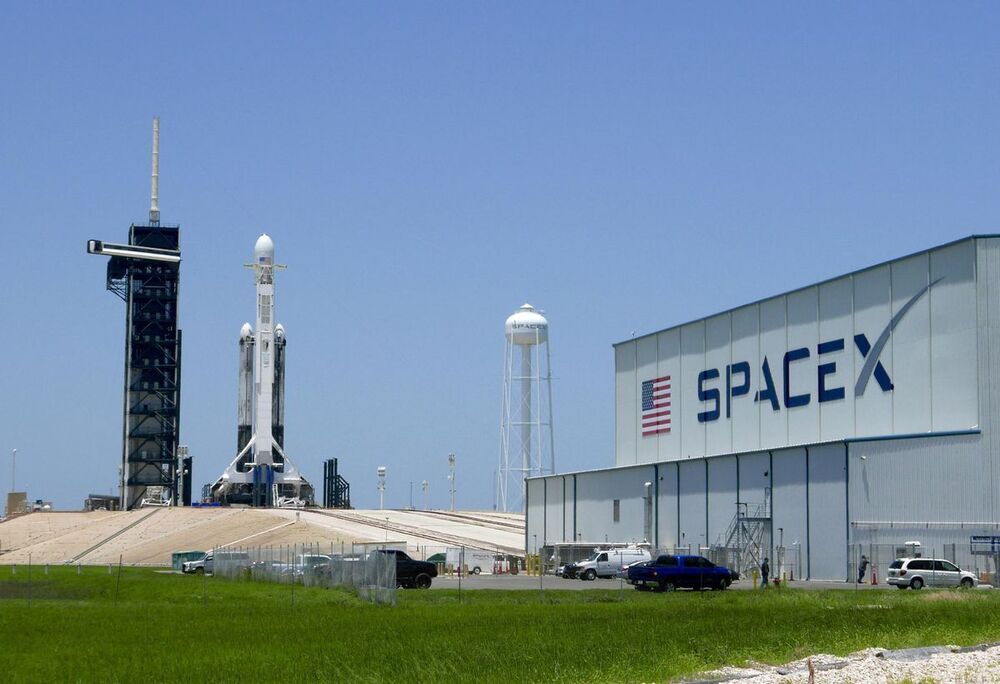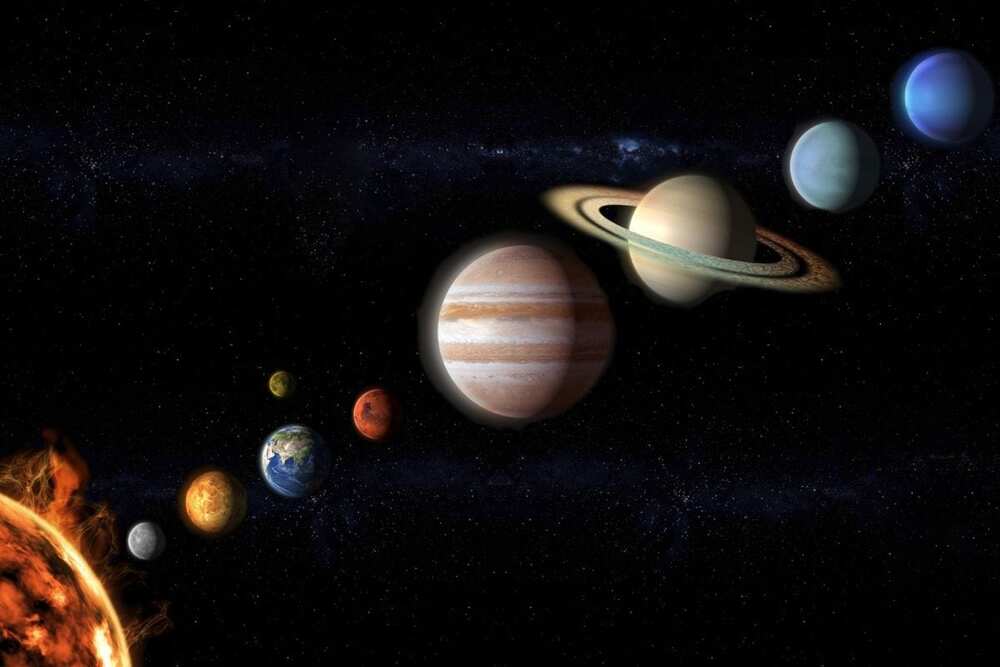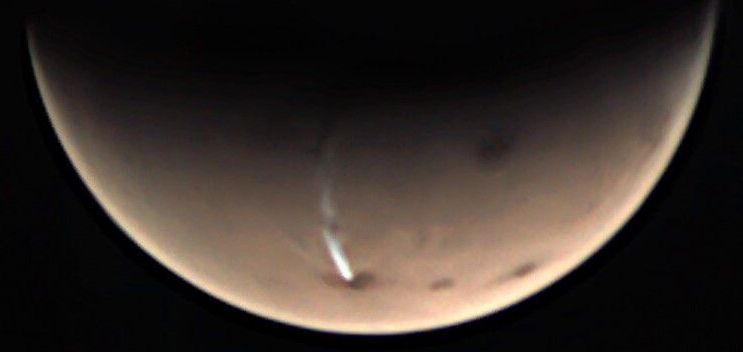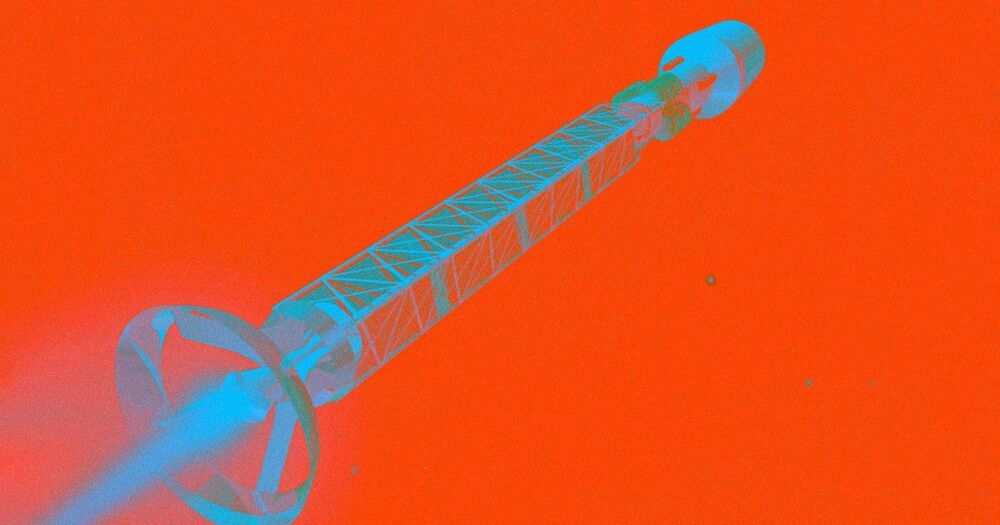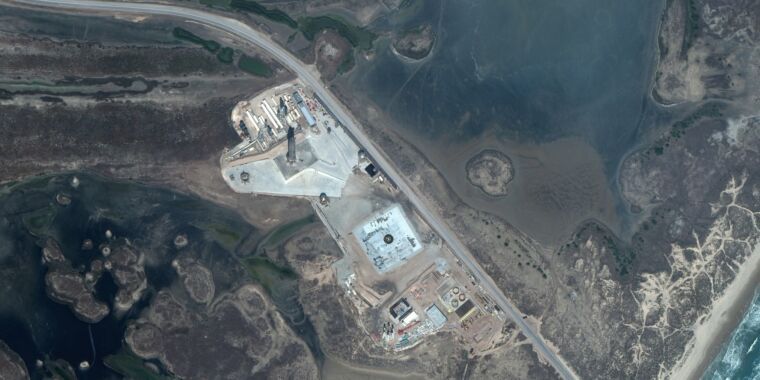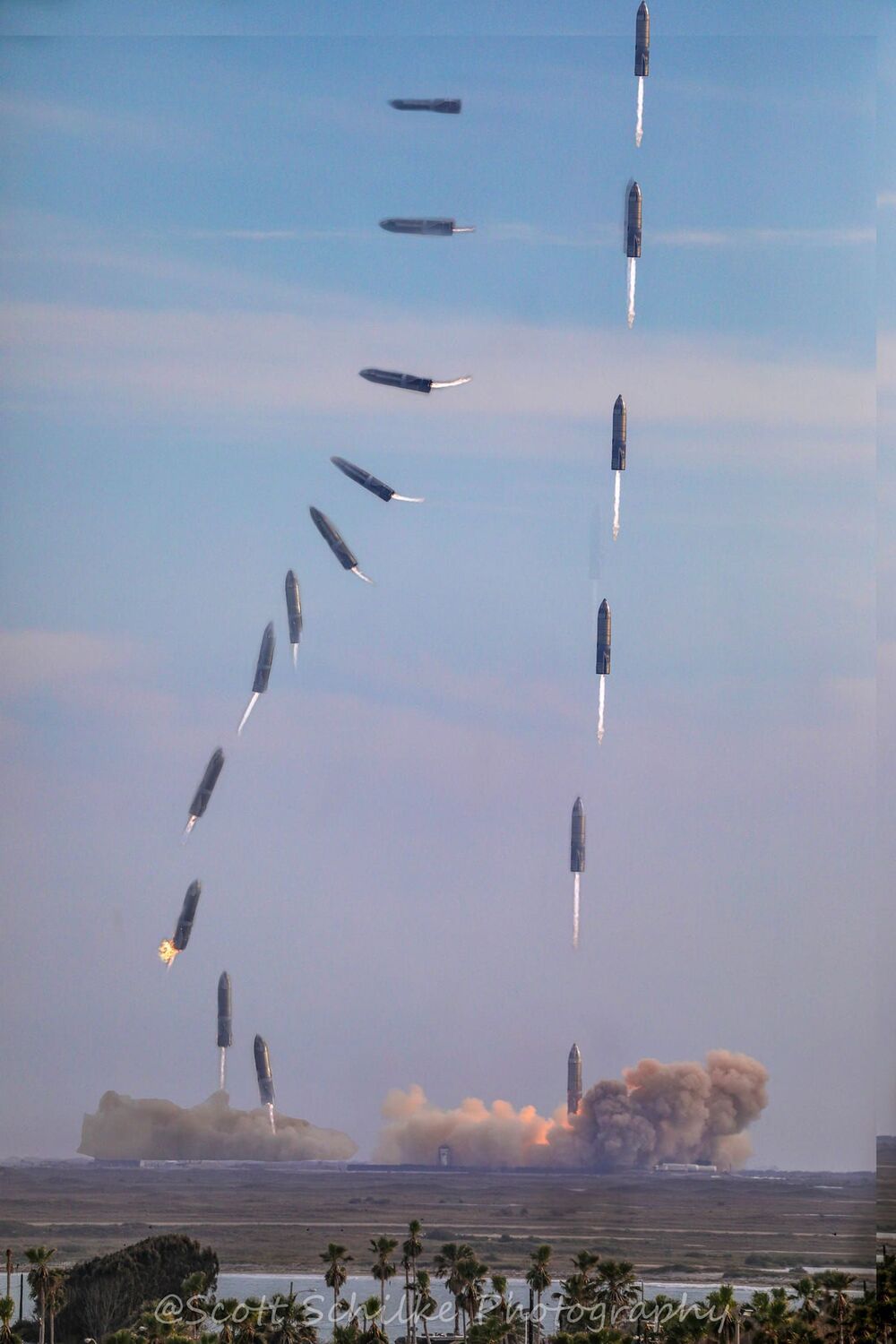Fascinating new episode with NASA astrophysicist Sten Odenwald; we discuss several of his 100 objects in his book on the history of space exploration. Please listen.
Award-winning NASA astrophysicist and author Sten Odenwald discusses several of the 100 objects featured in his 2019 book: “Space Exploration: A History in 100 Objects.” I pick a few of the lesser known and underappreciated objects, which run the gamut in their differing ages. In this compelling episode, it’s amazing to hear and understand just how far humanity has come in its technological quest to understand the cosmos.
